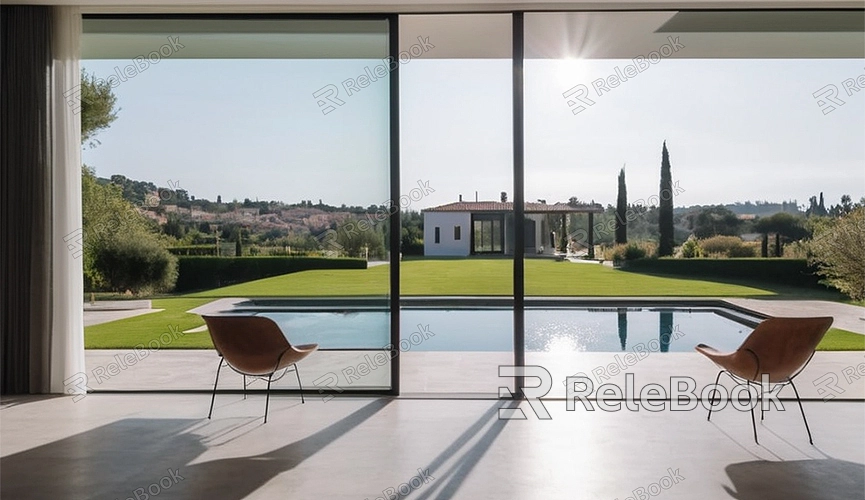How to Make a Render Transparent in Blender
Interested in creating transparent renders in Blender? Transparent rendering allows certain areas of the model to appear transparent, resulting in a more vivid and realistic effect. In this article, I'll walk you through the basic steps of creating transparent renders in Blender, making it easy for you to achieve transparency and add new charm to your creations.
1. Prepare the Model
Before you start creating transparent renders, you need to prepare the model you want to render. You can use Blender's built-in modeling tools or import existing model files. Make sure your model meets your design requirements and has materials and textures set up.

2. Create a Transparent Material
The key to making transparent renders in Blender is to create a transparent material. After opening Blender, go to the "Materials" tab and click the "New" button to create a new material. Then, in the material editor panel, set the material's "Surface Type" to "Transparent."
3. Adjust Transparency
After creating the transparent material, you can control the transparency of the model by adjusting the transparency parameter. In the material editor panel, find the "Transparency" parameter and adjust its value to change the transparency of the model. You can set the transparency to different values as needed to achieve the desired effect.
4. Add Textures and Maps (Optional)
If you want the transparent parts of the model to display textures or maps, you can add the corresponding textures or maps to the transparent material. In the material editor panel, click the "Add Texture" button, then select the texture file you want to apply. Adjust the texture parameters and mapping methods to ensure that the texture displays correctly on the transparent parts of the model.
5. Adjust Other Material Properties
In addition to transparency, you can also adjust other material properties to change the effect of transparent rendering. For example, you can adjust reflection, refraction, emission, etc., to further enhance the appearance and performance of the model. Try different material property settings to find the effect that best suits your project needs.
6. Set Rendering Parameters
After setting up the transparent material, you can adjust the rendering parameters to ensure that the transparency effect is correctly displayed in the final render. In the render settings panel, make sure the transparent rendering option is enabled and adjust other rendering parameters such as resolution, sampling level, etc., as needed.
7. Render the Scene
Once everything is set up, you can start rendering. Click the "Render" button in the render settings panel, and Blender will render the model according to your settings, generating the final render image or animation. During the rendering process, observe the transparency effect of the model and adjust the rendering parameters as needed to achieve the best result.
8. Export the Rendered Result
After rendering is complete, you can export the rendered image or animation in the desired file format. In Blender, you can use the "Output" options to set export parameters, then click the "Render" button to export the rendered result. You can choose common file formats such as PNG, JPEG, AVI, etc., and perform further post-processing as needed. If you need high-quality 3D textures, HDRI, or downloadable 3D models while creating models and virtual scenes, you can download them from Relebook and import them directly into your models for immediate use.

